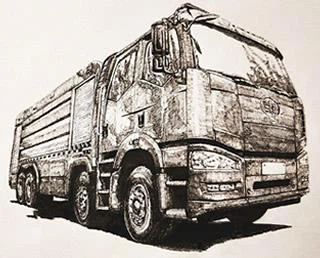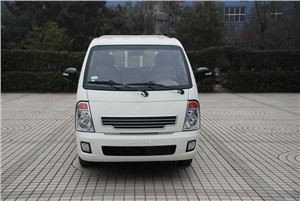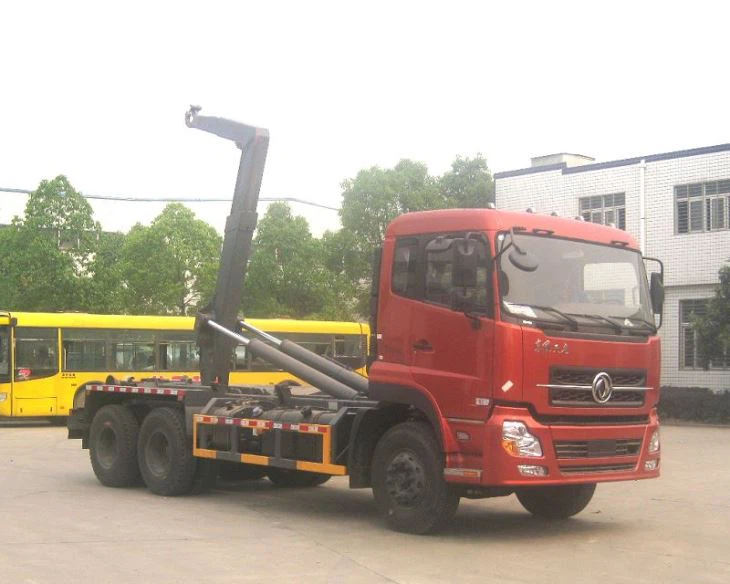Maximizing Efficiency with Wastequip Compactors: A Complete Guide

Introduction
In today’s fast-paced environment, efficient waste management is essential for businesses of all sizes. Wastequip compactors offer innovative solutions designed to enhance waste reduction and streamline disposal processes. This article delves into every aspect of Wastequip compactors, examining their types, features, benefits, and practical tips to maximize their effectiveness. With a strong focus on SEO optimization, our goal is to provide valuable insights while ensuring broad keyword relevance.
Understanding Wastequip Compactors
Wastequip compactors are specialized waste management devices designed to compress a variety of materials, thereby reducing their volume and optimizing disposal. These compaction systems play a crucial role in minimizing waste management costs, enhancing recycling efforts, and improving the overall cleanliness of facilities.
Types of Wastequip Compactors
Wastequip offers several types of compactors, each tailored for specific waste disposal needs. Below are the key types:
1. Horizontal Compactors
Horizontal compactors are ideal for high-volume waste generation. They operate by pushing waste into a chamber, compacting it into dense bales that can be easily transported.
2. Vertical Compactors
Vertical compactors occupy less space and are perfect for smaller operations. They work well for municipal solid waste and recyclables, making them suitable for retail or commercial operations.
3. Self-Contained Compactors
These units contain both the compaction and transport functions, making them great for wet waste commonly found in restaurants and food service settings.
4. Pre-Crusher Compactors
This type is excellent for breaking down large, bulky materials before compacting, ensuring easier handling and increased capacity.
Key Features of Wastequip Compactors
Wastequip compactors come equipped with several features that enhance functionality and efficiency. Here are some notable features:
Durability and Build Quality
Manufactured with heavy-duty steel, Wastequip compactors are designed to withstand rigorous use, ensuring longevity and reliability.
Advanced Compaction Technology
The incorporation of advanced compaction technology allows for the efficient crushing and compressing of waste, which minimizes volume significantly.
User-Friendly Controls
Most models come with intuitive control panels, enabling easy operation for staff, regardless of experience. This feature reduces training time and ensures proper usage.
Safety Features
A variety of safety features, including emergency stop buttons and safety interlocks, help prevent accidents, making these compactors safe for workplace use.
Benefits of Using Wastequip Compactors
Investing in Wastequip compactors presents numerous advantages for businesses. Below are some highlighted benefits:

Cost Savings
By reducing the volume of waste, compactors minimize disposal costs significantly, contributing directly to a company’s bottom line.
Improved Recycling Efforts
Compactors facilitate better recycling by producing denser bales that are easier to handle and transport, thus encouraging environmentally-friendly practices.
Space Optimization
With reduced waste volume, businesses can optimize space in their facilities, leading to more efficient operational workflows.
Enhanced Cleanliness
Using compactors reduces overflow and litter, which helps maintain a cleaner working environment, a win-win for employees and customers alike.
Choosing the Right Wastequip Compactor
Selecting the appropriate Wastequip compactor involves several considerations. Here are key factors to guide your decision:
Volume of Waste Generated
Evaluate how much waste your business generates weekly or monthly. Higher volumes may necessitate a larger model.
Type of Waste
Identify the types of materials you will be compacting. Certain compactors are better suited for specific waste types, such as wet or dry waste.
Available Space
Consider the footprint of the compactor and the space available for installation, particularly if you opt for larger models.
Budget
Determine your budget and consider the long-term savings that compactors can bring over time, including maintenance and disposal costs.
Installation of Wastequip Compactors
Proper installation is crucial to ensure optimal performance of Wastequip compactors. Below are steps for effective installation:
1. Site Assessment
Conduct a thorough assessment of the site to ensure it meets all requirements, including access roads for waste haulers.
2. Preparing the Site
Clear any obstacles and ensure the ground is stable enough to support the compactor’s weight.
3. Setting Up Utilities
If your compactor is electric, ensure all necessary electrical connections are made according to code and manufacturer instructions.
4. Training Staff
Once installed, train staff on the safe and efficient operation of the compactor, emphasizing the importance of maintenance routines.

Maintenance Tips for Wastequip Compactors
Regular maintenance is key to prolonging the life of Wastequip compactors. Here are practical tips:
Daily Operations Check
At the start of each shift, conduct a quick visual inspection. Look for any obvious wear or damage, and ensure all safety features are functional.
Weekly Maintenance

Clean the compactor regularly to avoid buildups. Check oil levels and hydraulic systems, ensuring everything is operating smoothly.
Annual Professional Inspection
Schedule a professional inspection annually to ensure all components are functioning correctly and to catch any potential issues early.
Real-World Applications of Wastequip Compactors
Businesses from various sectors have found Wastequip compactors beneficial. Below are some examples:
Retail and Grocery Stores
These establishments often deal with large quantities of packaging and food waste. Using vertical compactors helps them stay organized and clean.
Manufacturing Facilities
Manufacturers produce a lot of scrap materials. Horizontal compactors effectively reduce the volume of waste, aiding recycling initiatives.
Restaurants and Food Services
Self-contained compactors are perfect for restaurants, as they can handle organic waste efficiently, minimizing leaks and odors.
Construction Sites
Construction sites generate large amounts of debris. Pre-crusher compactors help crush and compact material like wood and metal, making disposal easier.
Frequently Asked Questions (FAQ)
1. What are the primary materials Wastequip compactors can handle?
Wastequip compactors can handle a range of materials, including cardboard, plastic, and metal. Specific models may be better suited for particular materials.
2. What are the energy requirements for Wastequip compactors?
Energy requirements vary by model, but most compactors are designed to be energy-efficient, with options for both electric and diesel operation.
3. How often should I perform maintenance on my compactor?
Regular daily checks, weekly maintenance, and annual professional inspections are recommended to ensure optimal performance.
4. Can Wastequip compactors help reduce my waste disposal costs?
Yes, by compressing waste and reducing volume, businesses can significantly cut down on disposal fees, leading to cost savings over time.
5. Are Wastequip compactors safe to use?
Yes, Wastequip compactors are designed with numerous safety features, but proper training and adherence to safety protocols are crucial for safe operation.
6. How do I know which compactor is right for my business?
Consider factors such as the volume and type of waste generated, space availability, and budget. Consulting with a waste management professional can also provide valuable insights.
